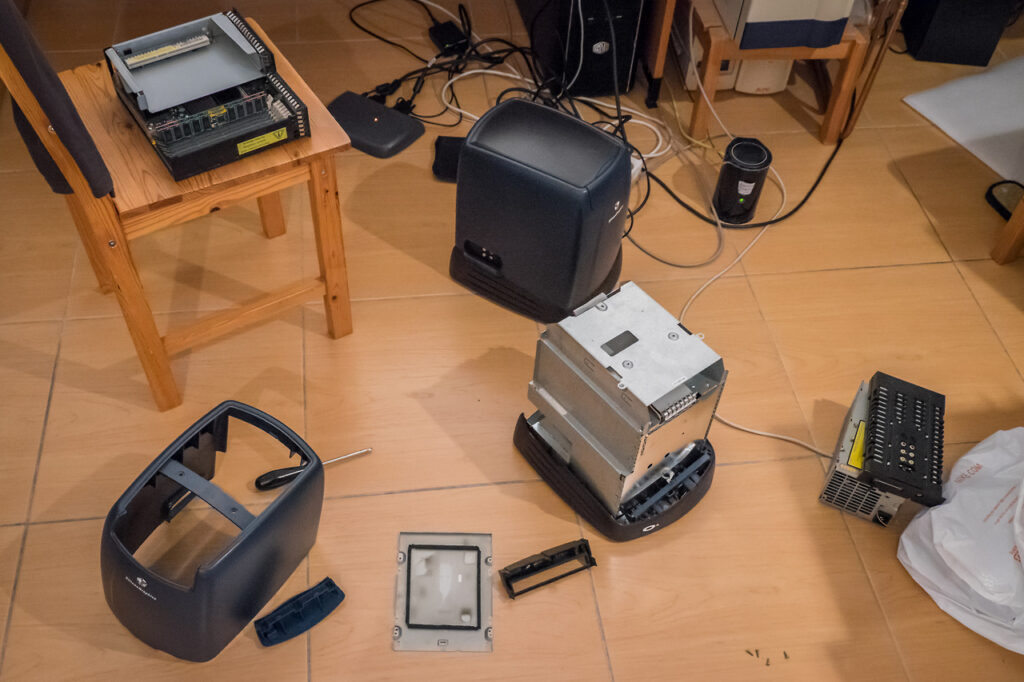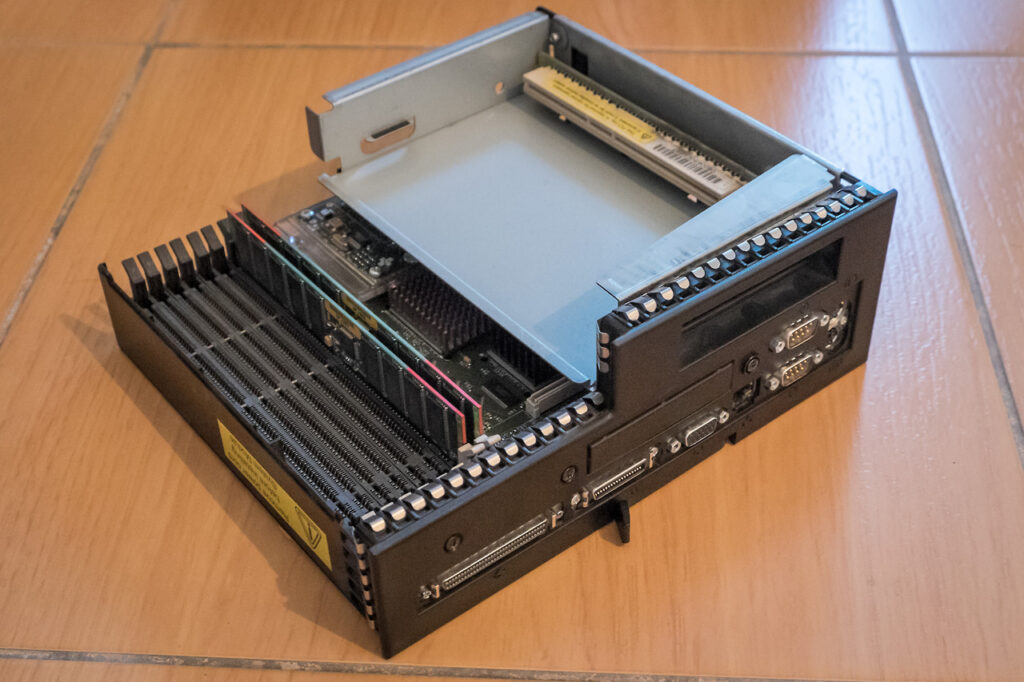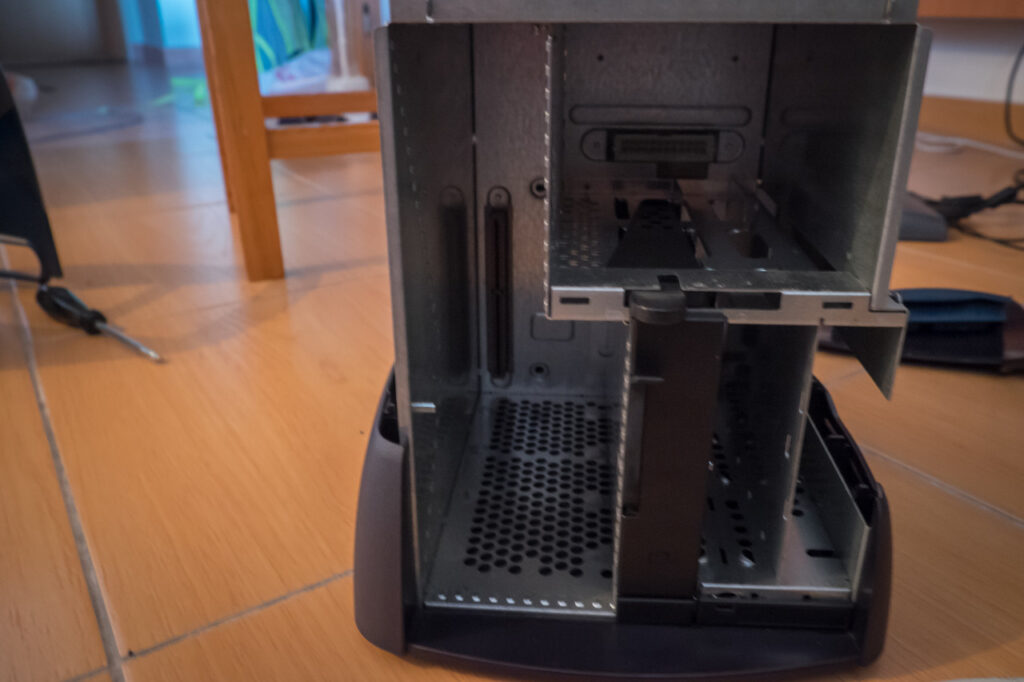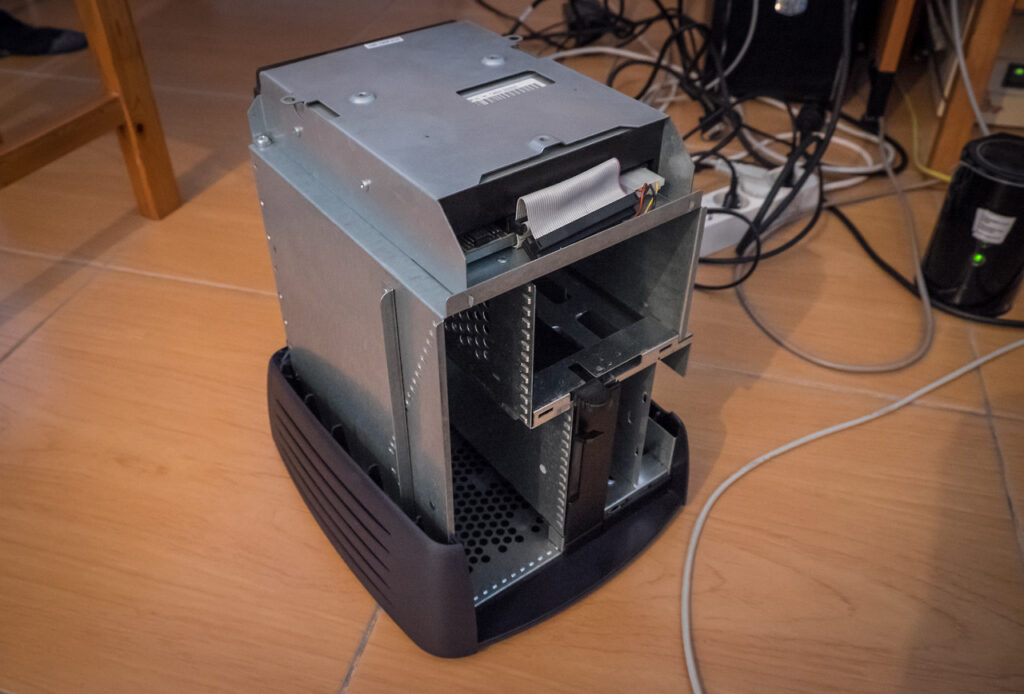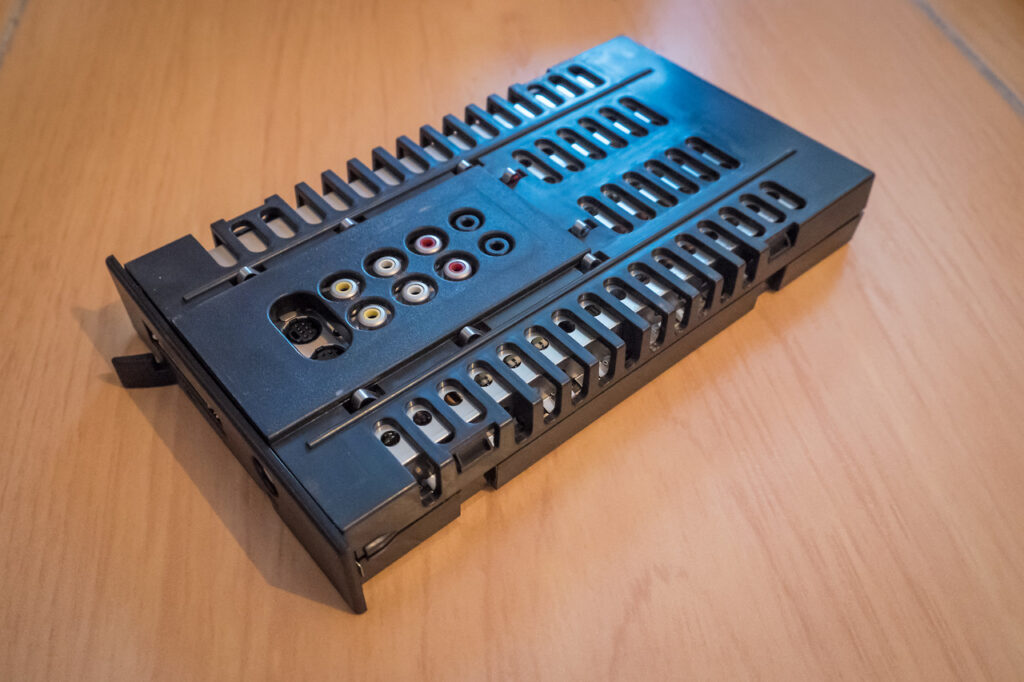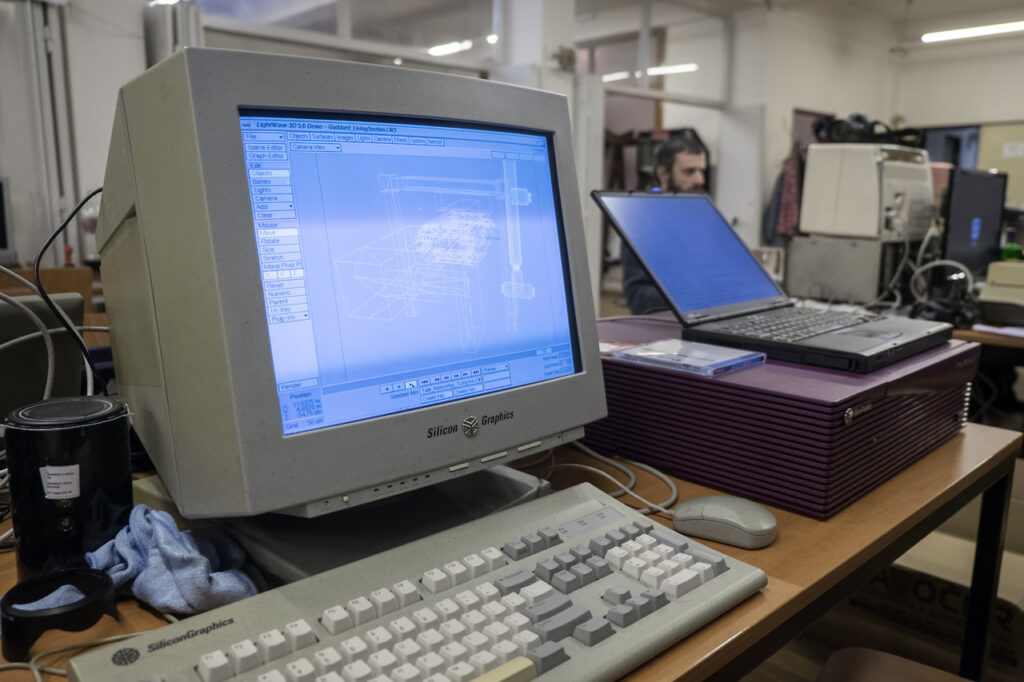Shark demo (1994) running on a SGI O2 workstation
This is one of the demos that were used by Silicon Graphics and Nintendo to show the graphics features of their upcoming game console (Project Reality / Ultra 64 / Nintendo 64) during CES in 1994.
SGI used an Onyx supercomputer to run the demo. I recorded it in 1024×768 (true-color) on a much less powerful SGI O2 workstation (released in 1996). O2 is based on a graphics architecture similar to what was actually used in Nintendo 64. It was a perfect fit for an inexpensive highly-integrated computer as well as a game console.
I would rather use a different SGI computer (Octane2 was my first choice), but O2 was the only machine that was compatible with my cheap VGA-to-HDMI converter.
